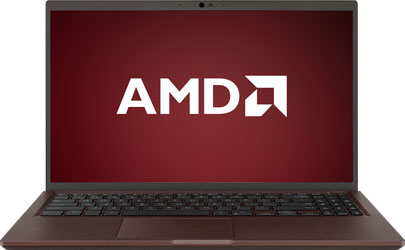In FY2022, Sony took
hardware revenues in its gaming sector of roughly $6.4 billion. AMD's financial year is Dec-Dec (Mar-Mar for Sony) but it saw a revenue of $6.8 billion for the same sector. Approximately
$3.8 billion of that was Sony, so this paper napkin exercise puts half the price of a PS5 just to cover the cost of the APU. So yes, it does indeed have 16 GB of GDDR6, but the unit itself makes no, or next to no, profit. One can't expect that with a graphics card.
In both a PS5 and a PC, the GPU only works with specific memory -- in the case of the former, the unified RAM, and the onboard local RAM with the latter. The fact that all bar one PC games store a copy of the assets in system memory doesn't affect the actual VRAM usage.
Even with bulk discounts, 8 GB of high-speed GDDR6 is unlikely to cost $20. Compared to the rest of the DRAM market, such products are relatively low-volume sellers (in comparison, not in raw figures) --
Jon Peddie estimated that 38 million discrete graphics cards were shipped in 2022, whereas
286 million PCs were shipped in that period and this doesn't account of discrete DIMM sales, too.
But even if it was super cheap, adding on more RAM does have further costs. To have 16 GB on a 128-bit bus means using 8 modules in clamshell mode. So the PCB needs to account for the additional traces and the power delivery system to RAM has to account for double the demand. Minor things, of course, but when graphics card sales have been constantly declining for the past decade, vendors aren't going constantly absorb additional costs when everything else has increased in price.
While the significant markup of high-end graphics cards can cover such things, every cent counts at the other end of the scale. AIB vendors typically have very low operating margins and as Intel's graphics revenues have shown, it's easy to make a substantial loss in this particular market.
As frustrating as it is to see yet another 8 GB card come out, AMD, Intel, and Nvidia are probably feeling very jittery about sales right now and are going to keep costs down as much as they can.


